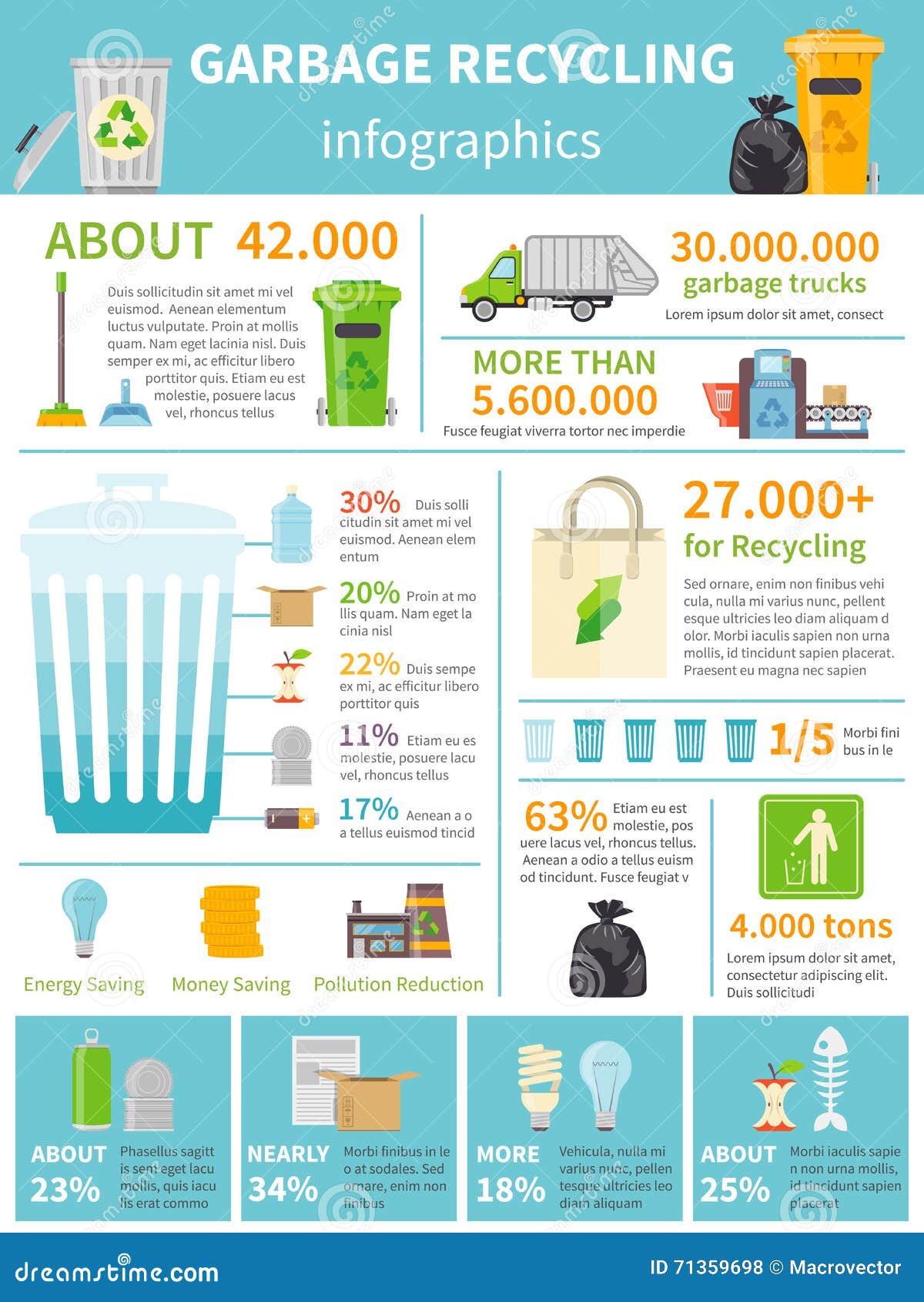A Thorough Guide To Choosing The Correct Size Skip Bin For Your Project
A Thorough Guide To Choosing The Correct Size Skip Bin For Your Project
Blog Article
Material Develop By-
When picking the appropriate Skip container size for your task, you'll wish to ensure it lines up specifically with your waste disposal needs to prevent any kind of last-minute inconveniences. Aspects such as the type of waste, job period, available area, and spending plan play crucial roles in making the right decision. But just how do you accurately estimate the volume of waste you'll create and convert that right into the right Skip container measurements? Let's explore these vital factors to consider to assist you make an informed choice for your upcoming job.
Variables to Think about
When choosing the best size Skip bin for your job, a number of variables must be taken into account.
First, examine the amount and type of waste you'll be dealing with. Different jobs create varying types and quantities of waste, so understanding your waste stream is critical.
Take into consideration the room offered on your building for the Skip bin. Guarantee that the chosen container dimension can suit the assigned location without creating obstruction.
One more factor to take into consideration is the period of your job. Longer jobs may call for larger Skip containers or even more frequent clearing to fit the waste created over time.
Think of any type of possible restrictions in your area, such as weight limits or prohibited products, to ensure conformity with policies.
Finally, consider your budget and choose a skip container dimension that aligns with your economic restraints while still satisfying your waste disposal needs.
Estimating Waste Volume
To properly pick the right dimension Skip bin for your job, you need to first estimate the volume of waste you'll be taking care of. One way to do this is by aesthetically evaluating the items you plan to get rid of and approximately estimating their overall volume in cubic meters.
Conversely, you can make use of online tools or waste quantity calculators to help you identify the approximate quantity of waste you'll have. Remember that it's much better to a little overestimate than to underestimate, as it's more cost-efficient to employ a slightly bigger Skip bin than to buy an added one if you run out of room.
If you're still unclear, think about consulting from waste management specialists that can provide support based on the type of job you're undertaking. By properly approximating your waste volume, you'll be better outfitted to select the ideal Skip container size for your needs.
Comprehending Container Capacities
Comprehending container measurements is critical when selecting the appropriate Skip bin dimension for your project. Skip containers come in numerous measurements, generally determined in cubic meters.
The dimensions of an avoid container describe its length, size, and elevation. By understanding these measurements, you can imagine how much waste the container can hold and whether it will fit your requirements.
For instance, a 2 cubic meter Skip bin might have measurements of roughly 1.8 meters in length, 1.4 meters in size, and 0.9 meters in height. Recognizing these measurements can help you identify if the Skip bin will suit your wanted area and if it can accommodate the volume of waste you expect creating.
Always consider the room you have offered for the Skip container and guarantee that its dimensions align with your project demands to stay clear of any issues during waste disposal.
Verdict
Finally, choosing the ideal size Skip container for your job calls for mindful factor to consider of factors like waste quantity, readily available room, task period, restrictions, and budget. linked here and recognizing bin dimensions are vital steps to make certain the Skip container fulfills your requirements. By following these guidelines, you can efficiently manage your garbage disposal requirements and improve your job. Choose carefully to make your task a success.
